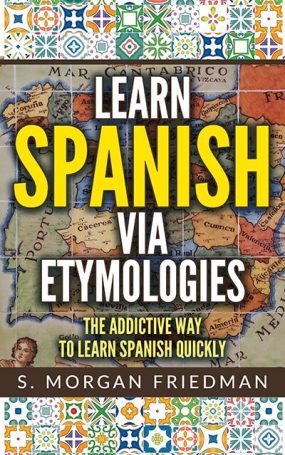Suspect and the Spanish equivalent, sospechoso, are easy to identify and obviously the same word, both from the same Latin root, suspectus.
That’s not the interesting part. Rather, as Latin evolved into Spanish, the Latin sound -ct- turned into the Spanish -ch- sound. Think lactose/leche or octagon/ocho.
And suspect falls exactly into this pattern: the English s-s-p-ct maps exactly to the Spanish s-s-p-ch.




